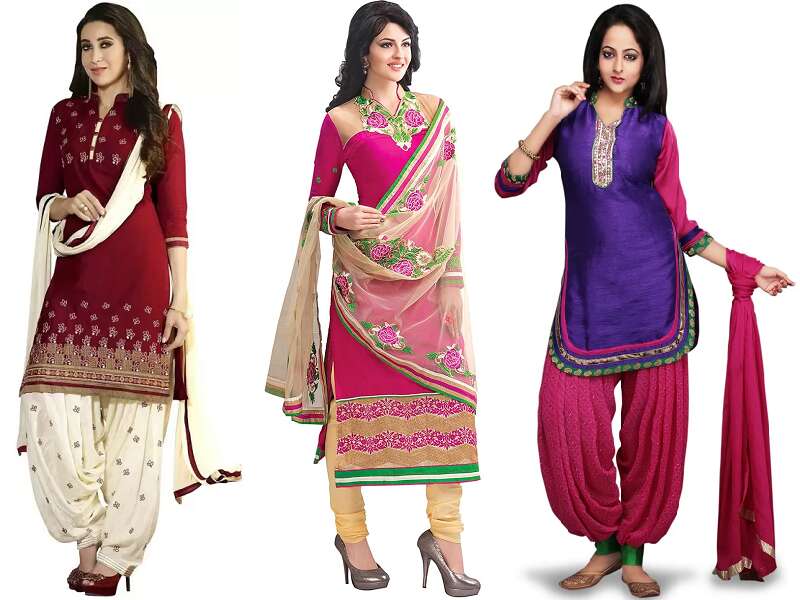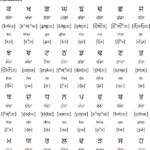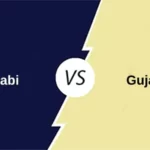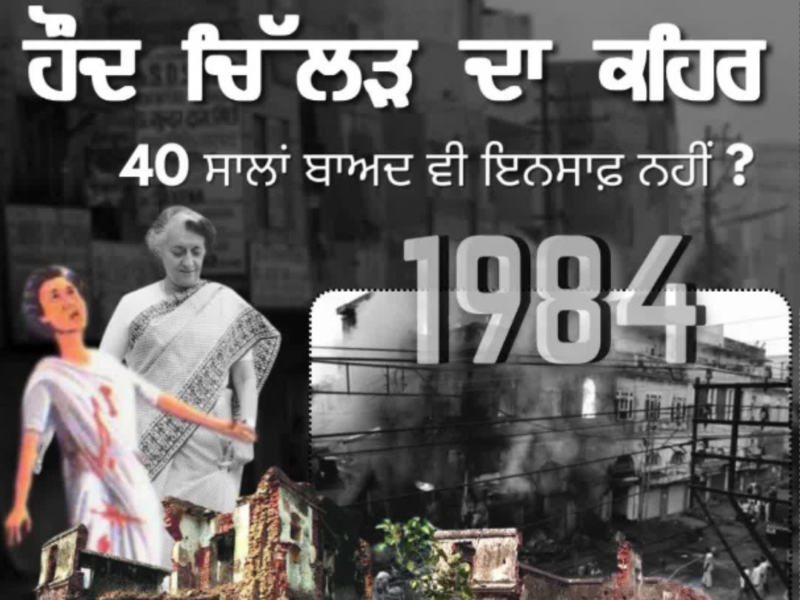The salwar kameez is the enlightening dress style popular in Southeast Asia
The term is pretty huge and actually applies to the huge range of varying clothing styles. A salwar kameez could be pretty comfortable and simple or quite decorative and intricate, making various styles comfortable for everyday life and anything from work and to weddings and formal events. The two major pieces of some salwar kameez are the narrow pants (the salwar) and the long shirt or tunic (the kameez), but numerous women also wear a dupatta (a scarf) as well. While wear out a salwar kameez is pretty simple and much comfy as selecting the right one based on occasion, material, and color could be slightly tougher.
Put on the pants.
The salwar would usually have either a drawstring or elastic waist. If the trouser has a drawstring, it goes out to the front. You could also utilize pockets to decide front from back, as the hands must be able to slide into the pockets easily and naturally when the pants are on the righteous manner.
Pull on the tunic.
The second chunk of the outfit is the shirt, and it’s always easy to put this on after you have the pants on. Depending on the style, you might have to pull the shirt over the head, you button it down the front and might slip it on, or the shirt might come together in the loops back.
Put on your shoes.
Heels and Sandals are the most usual shoes worn with the salwar kameez, so the shoes might just slip on. However, if you are wearing sandals, be certain to tighten and attach straps the proper way so that they do not slip off when you are walking.
Wearing the Dupatta
Wearing the dupatta for each day’s dress.
There are actually numerous manners to wear the scarf or dupatta, that’s often worn with the salwar kameez, and the manner you wear it might depend on the occasion.
Draping the dupatta over the head for religious occasions.
To wear out the dupatta for some religious ceremony, holded the dupatta such as a scarf and drape the stuff over the hair so the dupatta center is on the head and the ends are hung out in front of the chest. Both of the dupatta ends or crosses one over the contrasting shoulder.
Drape it over the front for formal occasions.
Holding the dupatta flattened in dress it over the front of you. Toss the ends over the shoulders so they hang up the back evenly. Adjusting the material in front so it’s draped over the bust but not necessarily the arms and neck.
As per the pious texts of the Sikhism religion, the followers must wear out a turban and not cut out the hair. The style of the Sikh turban and how it is tied are different from turban styles in other traditions, such as the Arab cultures that really left a tail at the back. You would explore there are numerous manners to tie the Sikh turban, and you could personalize yours based on the liking, though below you will discover two contrasts.
Tying a Patka
Pull up your hair.
Sikhs often tied their hair on top of their head in a kind of bun to keep it under the fabric.
A patka is considered a child turban or one that you could wear to play out active sports in. Often, Sikhs tie under or one a regular turban as a manner to hold it in place, which is why it’s foremost in this article. It is a tiny chunk of cloth than the full turban.
Pulling the hair to the top of the head as if you were making a ponytail there.
Start twisting the hair altogether, making a thick rope of the hair.
Beginning twisting the rope of hair.
Making a knot on top of a head close by its front. Kept wrapping it around itself. If it’s huge enough, you could pull part of it through itself to format a sort of slip knot. If not, wrapping the end around the knot. Securing with the elastic holder if it doesn’t need to stay.
Tie on a patka.
Certain Sikhs wear out a patka under the turbans.
Begin with the patka cloth.
Place it over the forehead, holded a corner in every hand. at the back of your head and tied up the corners from the front.
Pulling the corner strings up from the back.
Cross one over and around the knot on the head, hold it under the chin for the moment. Crossing the other one around the other way.
Wrapping the ends around the front of the knot.
Tie them at the back of the hair knot.








